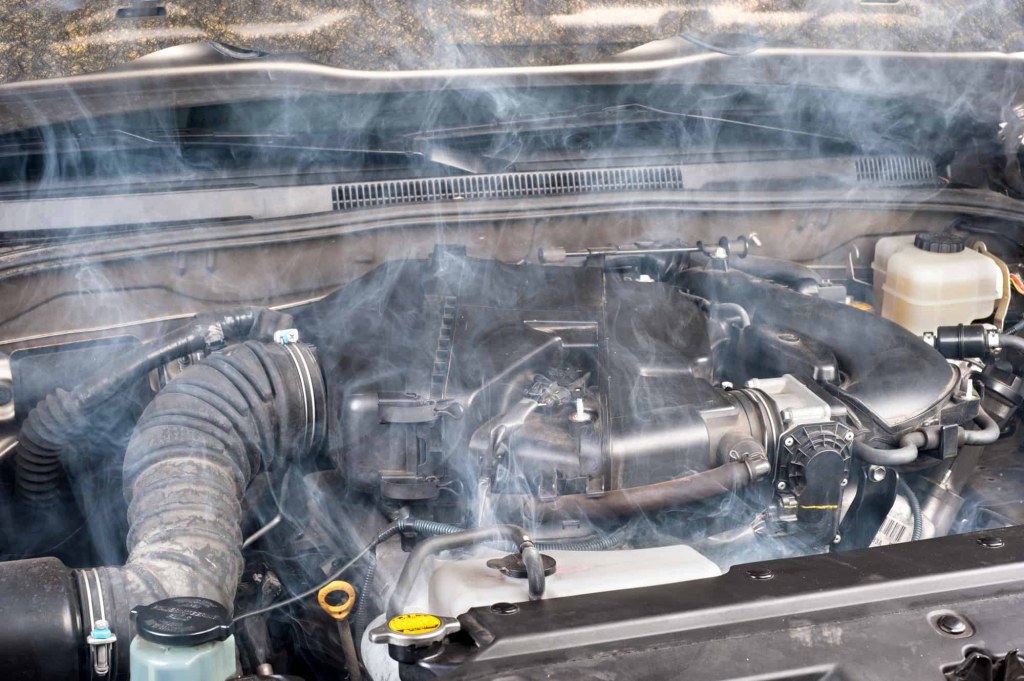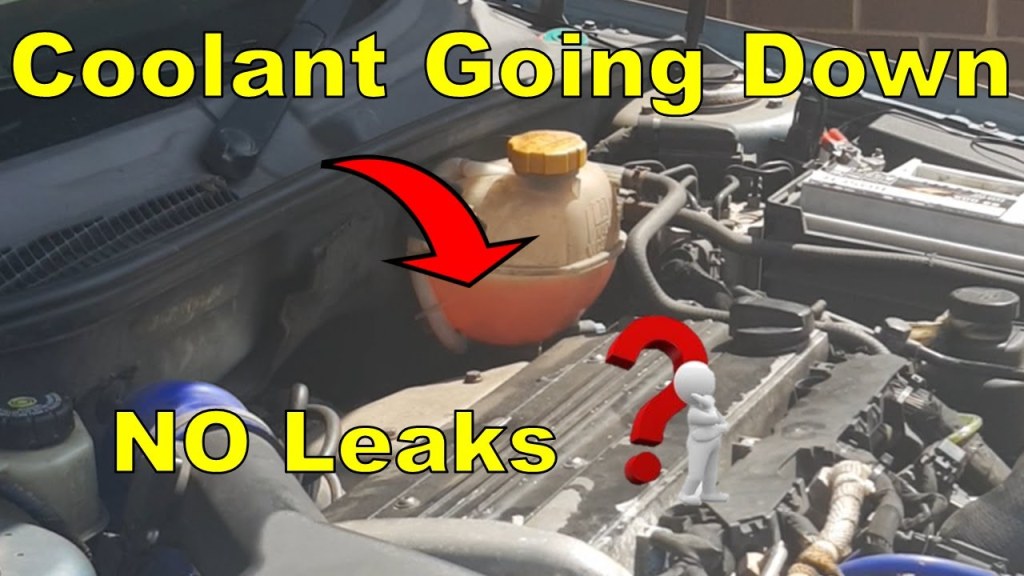Discover How To Address Car Using A Lot Of Coolant With No Leak! Take Action Now!
Car Using a Lot of Coolant No Leak: Causes and Solutions
Introduction
Dear Car Enthusiast,
3 Picture Gallery: Discover How To Address Car Using A Lot Of Coolant With No Leak! Take Action Now!



Welcome to our article where we will discuss the issue of a car using a lot of coolant with no visible leaks. This is a common problem faced by many car owners and can be quite frustrating. In this article, we will explore the possible reasons behind this issue and provide you with effective solutions to resolve it. So, if you have been experiencing this problem with your car, read on to find out more.
What Causes a Car to Use a Lot of Coolant with No Leak?

Image Source: themotorguy.com
🔍
One of the main reasons why a car may be using a lot of coolant without any visible leaks is a faulty radiator cap. The cap is responsible for maintaining the pressure in the cooling system, and if it is not functioning properly, coolant can be lost through evaporation.

Image Source: carfromjapan.com
🔍
Another possible cause is a blown head gasket. When the head gasket fails, coolant can enter the combustion chamber and get burned along with the fuel. This can result in the car using a significant amount of coolant without any external leaks.

Image Source: ytimg.com
🔍
A malfunctioning thermostat can also be a culprit. If the thermostat fails to open and close properly, it can cause the engine to overheat, leading to increased coolant consumption.
🔍
In some cases, a cracked engine block or cylinder head can cause coolant to seep into the combustion chamber and get burned. This can result in the car using coolant without leaving any visible traces.
🔍
Additionally, a leaking heater core or a faulty water pump can also contribute to coolant loss without any visible external leaks.
🔍
Lastly, it is important to check for any hidden leaks, such as those in the internal hoses or the coolant reservoir. These leaks may not be immediately visible but can cause the car to use coolant excessively.
Who is Affected by this Issue?
🔍
This issue can affect any car owner who notices a significant decrease in coolant levels without any visible leaks. It is important to address this problem promptly to prevent any further damage to the engine.
When Does the Issue of a Car Using a Lot of Coolant with No Leak Occur?
🔍
The issue can occur at any time during the car’s operation. However, it is more commonly noticed when the car is driven for longer periods or when the weather is particularly hot.
Where Does the Issue of a Car Using a Lot of Coolant with No Leak Occur?
🔍
This issue can occur in any type of car, regardless of the make or model. It is not limited to a specific location or region.
Why Does a Car Use a Lot of Coolant with No Leak?
🔍
The reasons behind a car using a lot of coolant without any visible leaks can vary. It could be due to a faulty radiator cap, a blown head gasket, a malfunctioning thermostat, a cracked engine block or cylinder head, a leaking heater core, or a faulty water pump.
How to Resolve the Issue of a Car Using a Lot of Coolant with No Leak?
🔍
To resolve this issue, there are several steps you can take:
1. Check the radiator cap for any signs of damage or wear. Replace it if necessary.
2. Inspect the head gasket for any leaks or damage. If it is blown, it will need to be replaced.
3. Test the thermostat to ensure it is functioning properly. Replace it if necessary.
4. Inspect the engine block and cylinder head for any cracks. If any are found, they will need to be repaired or replaced.
5. Check the heater core and the water pump for any leaks or malfunctions. Replace them if necessary.
6. Conduct a thorough inspection of the internal hoses and the coolant reservoir for any hidden leaks. Repair or replace them as needed.
Advantages and Disadvantages of Resolving the Issue
Advantages:
1. Prevents potential engine damage and costly repairs.
2. Ensures the car operates at optimal performance and efficiency.
3. Increases the lifespan of the cooling system components.
Disadvantages:
1. The cost of replacing faulty components.
2. The time and effort required for troubleshooting and repairs.
3. The inconvenience of being without a car during the repair process.
FAQs (Frequently Asked Questions)
1. Q: Can a car continue to be driven if it is using a lot of coolant with no leak?
A: It is not recommended to continue driving a car that is using a significant amount of coolant. This can lead to engine overheating and cause severe damage.
2. Q: How often should the coolant levels be checked?
A: It is advisable to check the coolant levels regularly, especially before long trips or during hot weather. This will help identify any potential issues early on.
3. Q: Can a blown head gasket be repaired, or does it need to be replaced?
A: In most cases, a blown head gasket will need to be replaced. Repairing it may not provide a long-term solution.
4. Q: How can I prevent coolant loss in my car?
A: Regular maintenance, including checking for leaks, replacing faulty components, and flushing the cooling system, can help prevent coolant loss.
5. Q: Can driving with low coolant levels cause engine damage?
A: Yes, driving with low coolant levels can cause the engine to overheat and potentially lead to severe engine damage.
Conclusion
In conclusion, if your car is using a lot of coolant with no visible leaks, it is essential to address the issue promptly. Faulty radiator caps, blown head gaskets, malfunctioning thermostats, cracked engine blocks or cylinder heads, leaking heater cores, and faulty water pumps can all contribute to this problem. By taking the necessary steps to identify and resolve the underlying cause, you can prevent further damage to your car’s engine and ensure its optimal performance. Remember to conduct regular checks and maintenance to keep your cooling system in good condition.
Final Remarks
Car maintenance is crucial for the longevity and performance of your vehicle. If you are unsure about any repairs or troubleshooting steps, it is always recommended to consult a professional mechanic. The information provided in this article is intended for general knowledge purposes and should not replace expert advice. Keep your car running smoothly and enjoy the journey!
This post topic: Used Car



